|
I am embarrassed to admit that I learned very little about West Tampa's rich history until the beginning of 2004. Then, on March 1, Judge E. J. Salcines (Florida's 2nd District Court of Appeal) drove me into the historic community for a personal tour. I was privileged to begin a remarkable journey, simultaneously backward in time and forward in vision.
0 Comments
Far better it is to dare mighty things, to win glorious triumphs even though checkered by failure than to rank with those poor spirits who neither enjoy nor suffer much because they live in the gray twilight that knows neither victory nor defeat. -Theodore Roosevelt (1858 -1919)
In the early 1940s, Justo Fulgueira worked as a cigar maker in a Ybor City factory when a shortage of cigar molds inspired him to design a fantastic machine. He would eventually become a "master mold maker," and his reputation would be known worldwide.
How were cigars made? What was the process by which tobacco was cultivated, harvested, and formed into a "Clear Havana" cigar? In this article, we'll look at the physical aspects of the cigar industry in Tampa, Florida, beginning with the opening of Vicente Martinez Ybor's factory in 1886 and through the industry's decline in the late 1930s. How did the industry develop? How did the factories operate? Who worked in them? What jobs did they perform? Though you may be familiar with the "Ybor City Story," sometimes the simple questions get overlooked.
Cities often grow because they have a fine harbor, an excellent climate, and a railroad junction. For these reasons the City of Tampa grew, and became the largest Gulf port in the state of Florida. But West Tampa, just across the Hillsborough River from Tampa, grew, not of the geographical or climatic possibilities, but because one “Tampan” (Hugh C. Macfarlane) saw an opportunity, and grasped it.
|
Archives
June 2013
Categories
All
|
Cigar City is a Florida trademark and cannot be used without the written permission of its owner. Please contact [email protected]
© 2021 Cigar City Magazine. ALL RIGHTS RESERVED.
© 2021 Cigar City Magazine. ALL RIGHTS RESERVED.

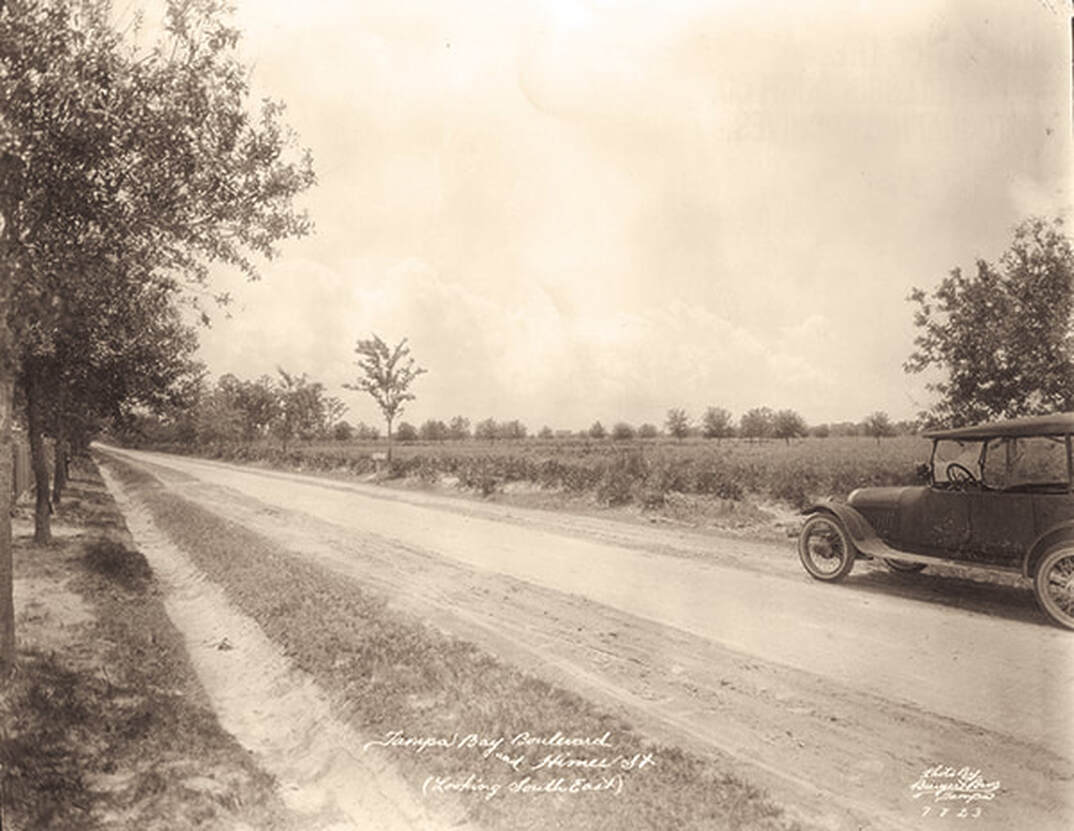
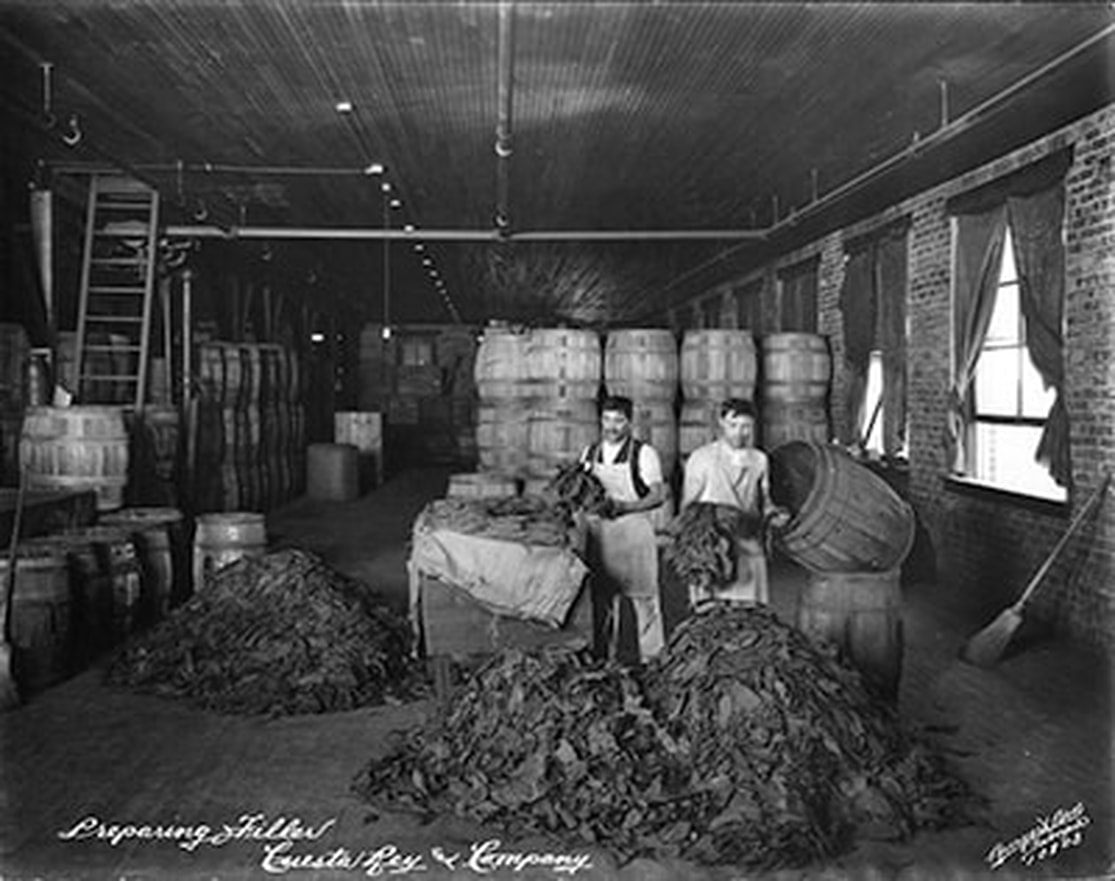
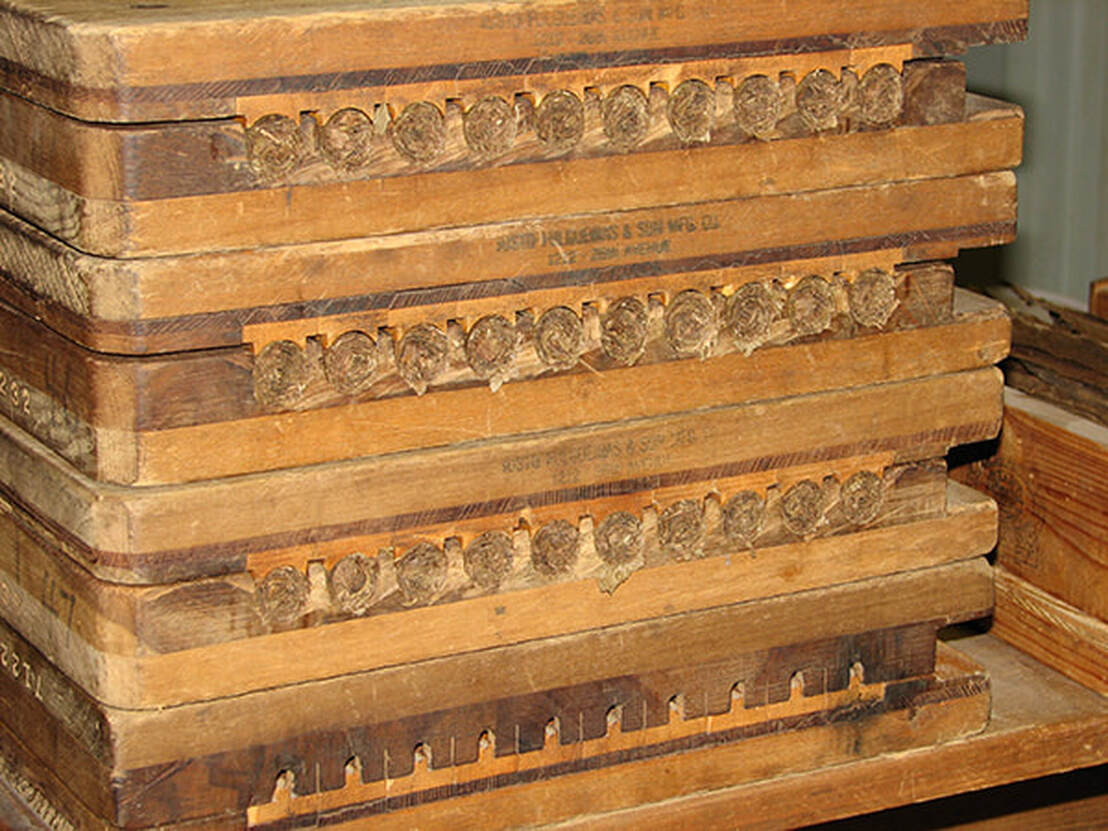
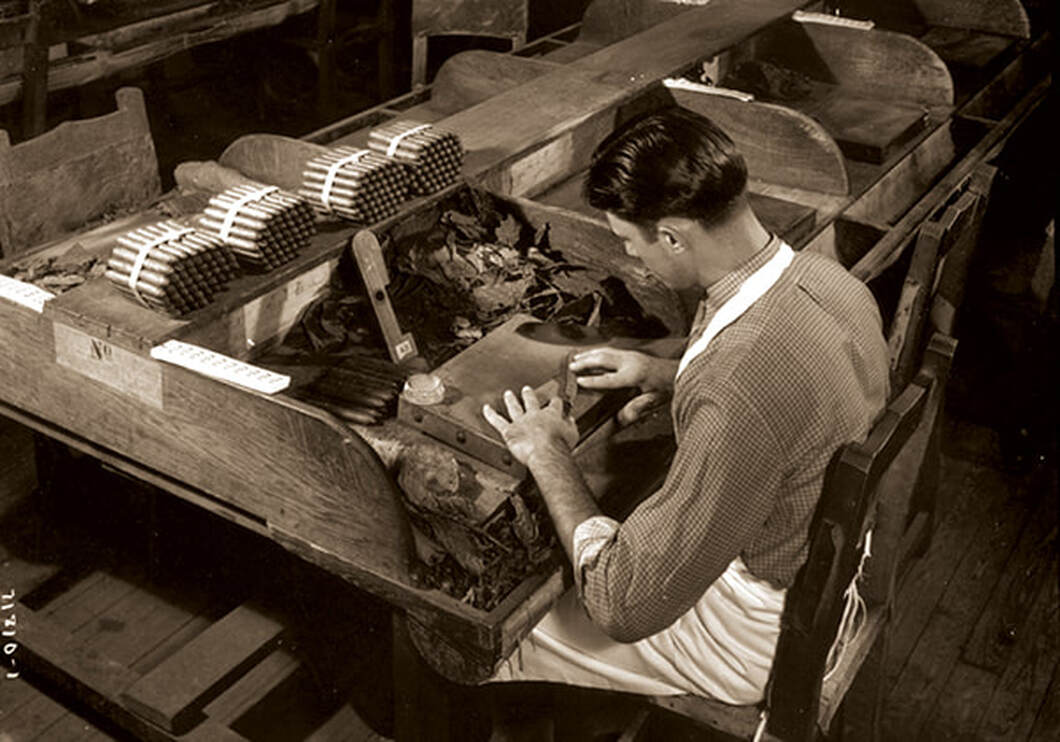
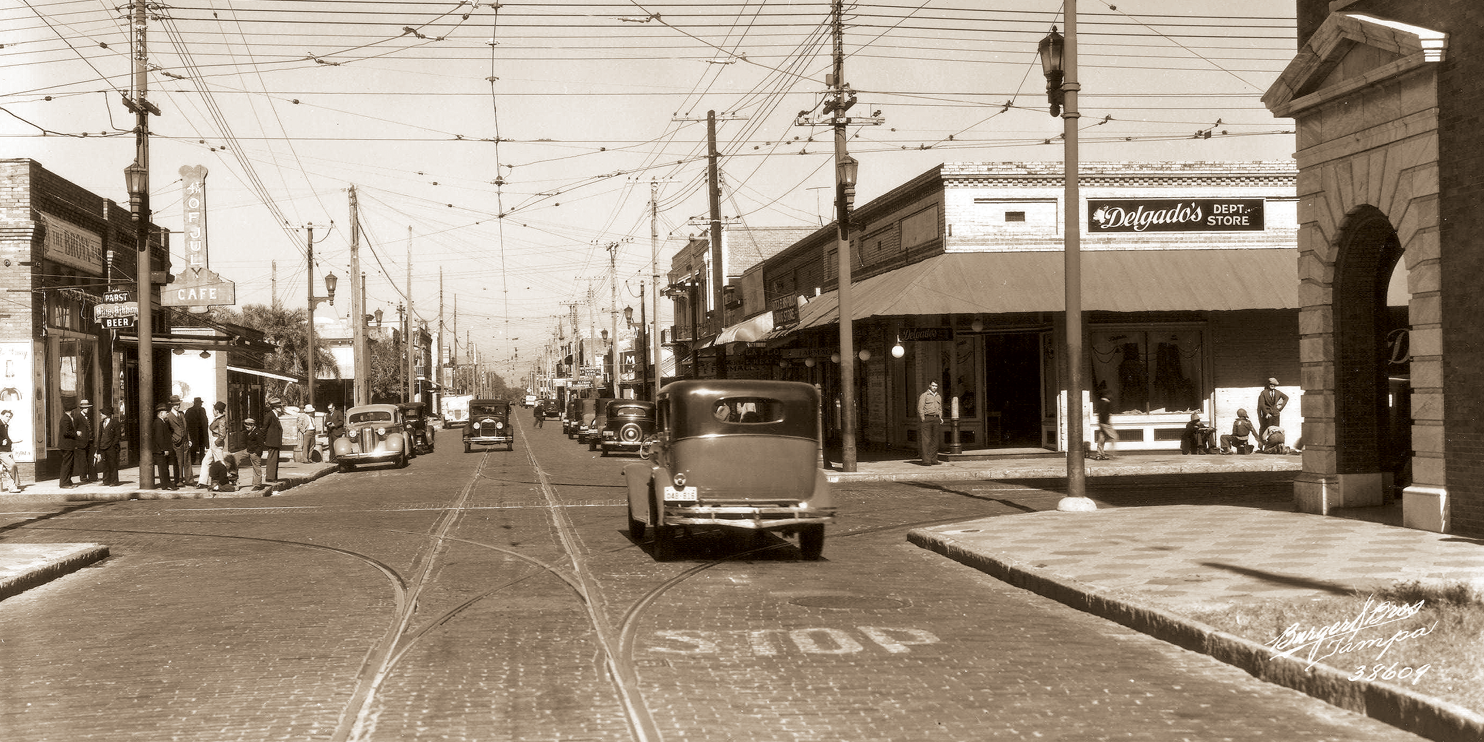
 RSS Feed
RSS Feed